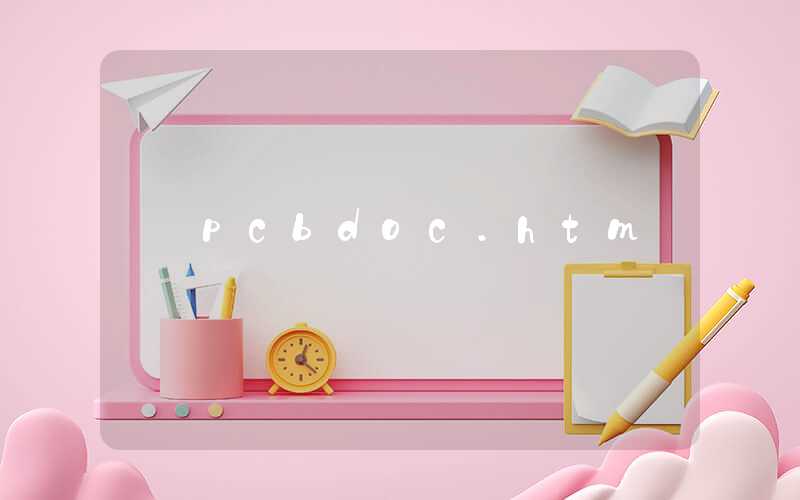PCB Documentation
Introduction

Printed circuit boards (PCBs) are crucial components in electronic devices, connecting various components and enabling their functionality. Proper PCB documentation is essential for effective design, manufacturing, and maintenance. This document provides guidelines for creating comprehensive PCB documentation that ensures clarity, accuracy, and ease of use.
Sections of PCB Documentation
PCB documentation typically includes the following sections:
1. Schematic Diagram: A detailed graphical representation of the PCB's circuit, showing all components, connections, and signal paths.
2. Board Layout: A physical representation of the PCB, including the locationss of components, solder masks, and silkscreen.
3. Bill of Materials (BOM): A list of all components used on the PCB, including their quantities, values, and manufacturers.
4. Assembly Drawing: A diagram that provides detailed instructions for assembling the PCB, including component placement and soldering techniques.
5. Test Plan: A set of procedures for testing the PCB's functionality and performance.
6. Release Notes: A record of changes and updates made to the PCB design and documentation.
Best Practices for PCB Documentation
- Use appropriate software: Choose a PCB design software that supports industry-standard documentation formats, such as ODB++, Gerber, and IPC-D-356.
- Maintain consistency: Ensure that all documentation follows a consistent style and format. Use clear and concise language, and adhere to established naming conventions.
- Include detailed information: Provide comprehensive information in each section of the documentation. For example, the schematic diagram should include all component symbols, pin numbers, and signal names.
- Use visual aids: Incorporate clear and accurate diagrams, charts, and images to enhance understanding and readability.
- Proofread carefully: Review the documentation thoroughly before finalizing it. Check for errors, inconsistencies, and omissions.
- Version control: Use a version control system to track changes and maintain different versions of the documentation.
- Make it accessible: Store the documentation in a centralized locations where it is easily accessible to all stakeholders.
Benefits of Proper PCB Documentation
- Improved design accuracy: Reduces the risk of errors and ensures that the PCB meets specifications.
- Simplified manufacturing: Provides clear instructions for manufacturing, reducing setup time and potential issues.
- Efficient assembly: Provides detailed assembly guidelines, ensuring proper component placement and soldering.
- Simplified testing: Facilitates thorough testing and troubleshooting.
- Enhanced maintenance: Enables easy identification of components for repairs or replacements.
- Reduced debugging time: Provides detailed information to quickly diagnose and resolve any issues.
- Improved communication: Facilitates effective communication between designers, manufacturers, assemblers, and maintenance personnel.
Conclusion
Comprehensive PCB documentation is essential for the success of any electronic device. By following best practices and adhering to industry standards, engineers can create documentation that enhances design accuracy, simplifies manufacturing, enables efficient assembly, and provides a valuable resource for testing, maintenance, and troubleshooting.
 logo
logo
